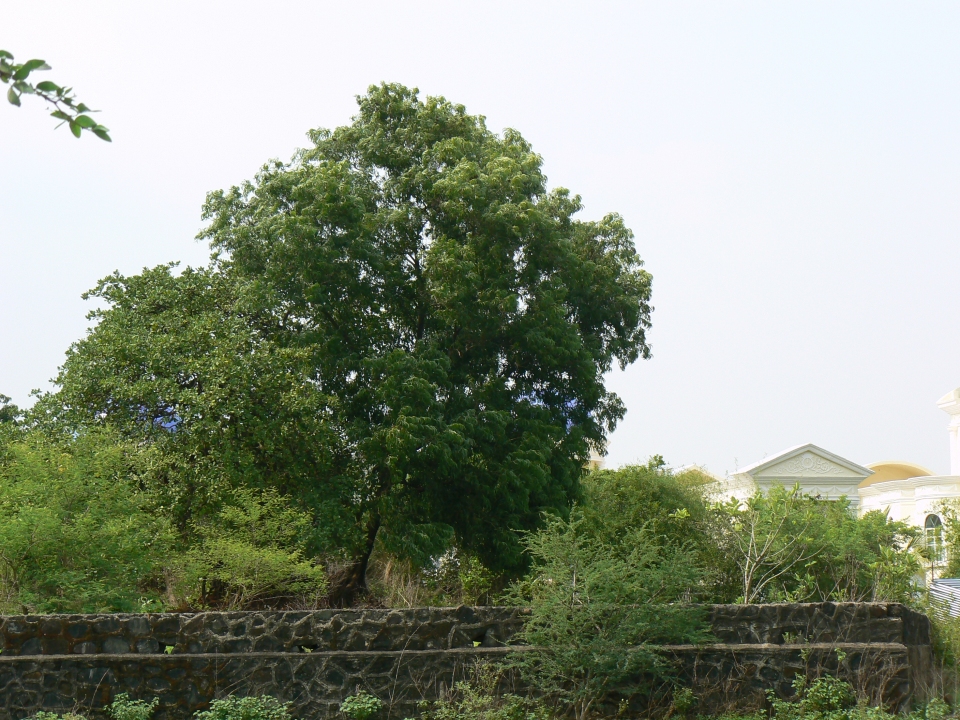| Citation |
|
Description |
Geographic Range [top]
Range Description: Acacia auriculiformis is native to Papua New Guinea, Indonesia and northern areas of Australia. It has also been introduced to many tropical countries in south and southeast Asia, Africa and Latin America and it is considered an invasive weed in some areas (e.g. Florida, USA), as it escapes from cultivation.
Countries occurrence:
Native:
Australia (Australian Capital Territory - Introduced, New South Wales - Introduced, Northern Territory, Queensland, South Australia - Introduced, Victoria - Introduced, Western Australia - Introduced); Indonesia; Papua New Guinea
Introduced:
Bangladesh; China; India; Malaysia; Mauritius; Myanmar; Nepal; Pakistan; Panama; Singapore; Sri Lanka; Tanzania, United Republic of; United States (Florida)
Additional data:
? Upper elevation limit (metres): 600
Range Map: Click here to open the map viewer and explore range.
Population [top]
Population: A. auriculiformis is widespread and common worldwide.
Current Population Trend: Stable
Additional data:
Habitat and Ecology [top]
Habitat and Ecology: A. auriculiformis is a fast growing tree, particularly drought resistant, but also tolerates seasonally waterlogged soils and it is able to grow in poor soils.
Systems: Terrestrial
Use and Trade [top]
Use and Trade: Acacia auriculiformis is used as a firewood tree for the good quality of the charcoal, for furniture, for tannin and as a ornamental shade tree. A. auriculiformis is also used to prevent soil erosion because of its extensive and dense roots and heavy leaf litter and for rehabilitation of degraded land (i.e. mine sites), for its ability to grow in poor quality soil. A decoction of the root is used to treat aches and pains and sore eyes; an infusion of the bark treated rheumatism (aborigines of Australia).
Threats [top]
Major Threat(s): There are no major threats to this species at present.
Conservation Actions [top]
Conservation Actions: There are no known conservation measures specifically for A. auriculiformis, but the species is currently known to occur in many protected areas. Samples of seed of A. auriculiformis have been collected and stored as part of the Millennium Seed Bank project as an ex situ conservation measure.
Citation: Contu, S. 2012. Acacia auriculiformis. The IUCN Red List of Threatened Species 2012: e.T19891902A19997222. http://dx.doi.org/10.2305/IUCN.UK.2012.RLTS.T19891902A19997222.en. Downloaded on 03 September 2018.
Disclaimer: To make use of this information, please check the .
Feedback: If you see any errors or have any questions or suggestions on what is shown on this page, please provide us with feedback so that we can correct or extend the information provided
|

